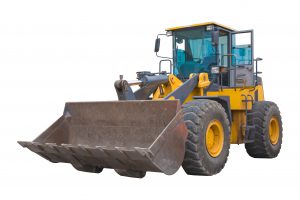
Institutional and commercial construction services require heavy-duty, specialized equipment. Unlike infrastructural and industrial jobs, commercial construction stakeholders are usually interested in profit.
Commercial Construction Services: More Than Construction
Institutional and commercial construction services encompass everything from the building to maintenance, upgrading, and renovating large structures. Contractors and builders are usually employed by private companies. With the unprecedented economic swings of 2020, construction predictors are best-guesses. But from 2014-2019, commercial renovation as a construction services industry rose 8.9%.
Five Ways Institutional, Commercial Construction Use Big Data
Do you know how the term “big data” came about? The concept is based on such voluminous information – data – that you can’t begin to comprehend it, let alone use it properly. It’s that big.
The advantages of using big data don’t occur naturally. You must first set clear business goals. Then you need to understand the power of data analytics. Finally – and most important – you need to learn how to put construction statistics to work.
Here are five examples of institutional and commercial construction services’ ways to use big data:
- Organization – Data can give you GPS coordinates, vehicular traffic information affecting the job site, and supplies/machinery routing to lower fuel costs and increase operational efficiency.
- Prefabrication – Large modules can be designed onsite and prefabricated elsewhere.
- Risk management – Commercial and industrial construction companies may have fewer-per-year projects than most construction services. This makes project pricing, staying within budget and on-time even more important. Big data can compare the subcontractors’ and suppliers’ dependability.
- Simulation – Many mistakes can be avoided. Frank Lloyd Wright said you can use an eraser on the drafting table or a sledgehammer onsite. Big data can reduce mistakes by comparing site conditions and limitations.
- Tracking – Losing a hammer is no big deal. Losing a bulldozer is a problem. “No other industry spreads its assets out geographically like the construction industry,” says project management analyst Rachel Burger.
Statistics for Targeted Marketing Data
Our customized building statistics can give you targeted, area-specific data that cookie-cutter construction software programs can’t. Contact Construction Monitor to learn more.
